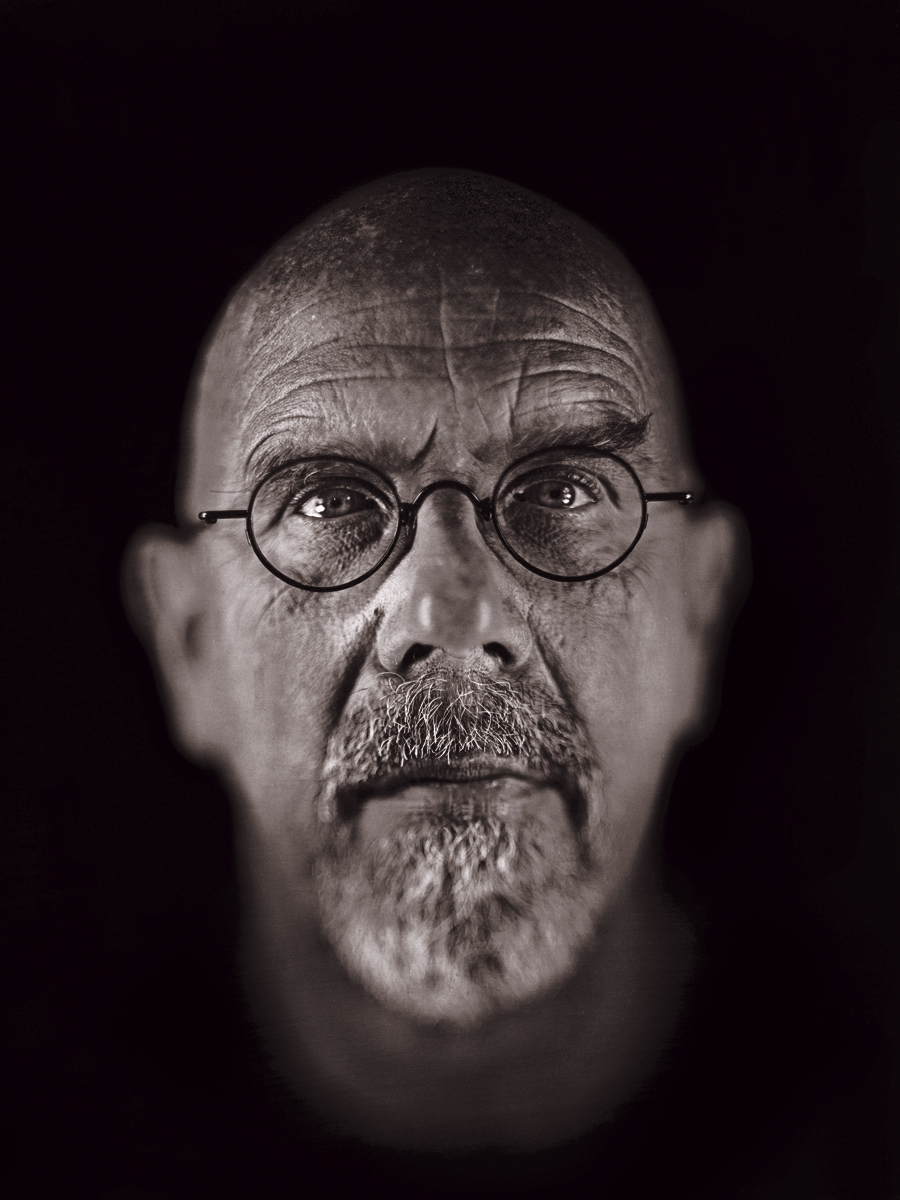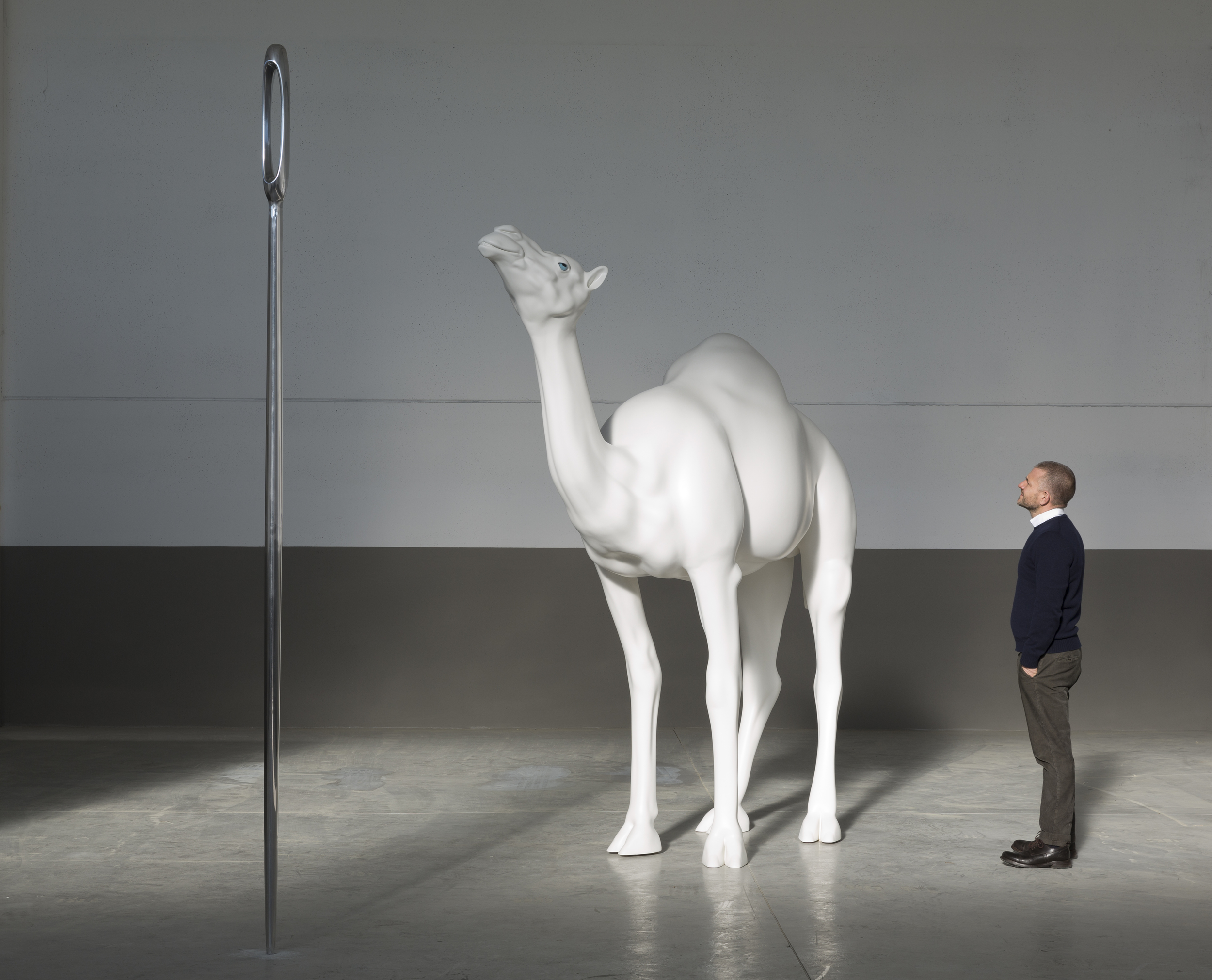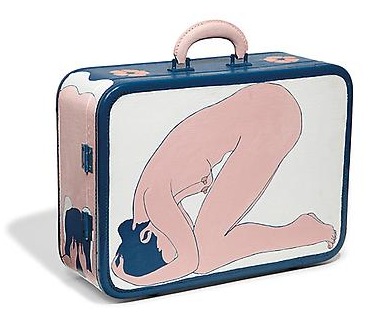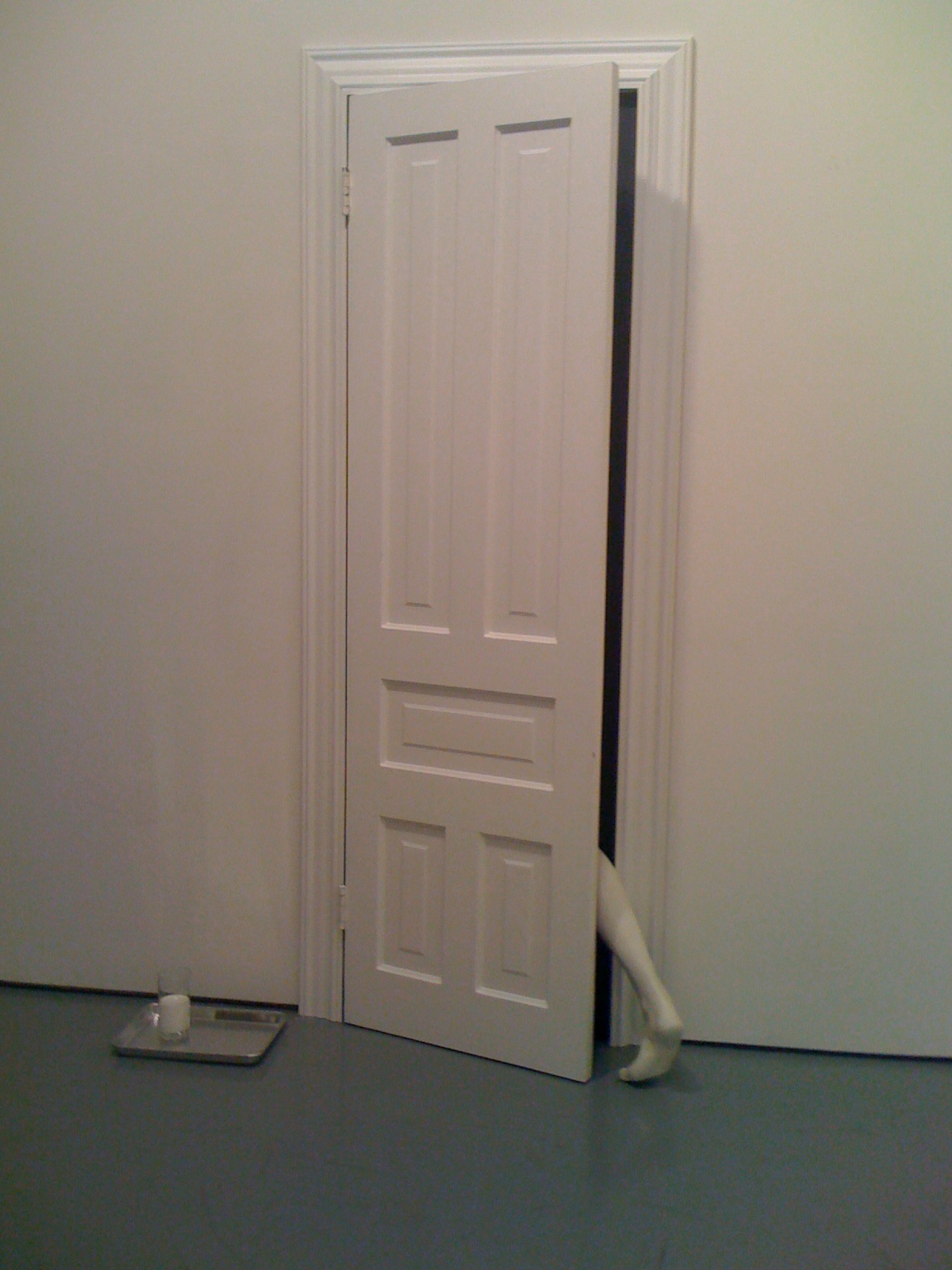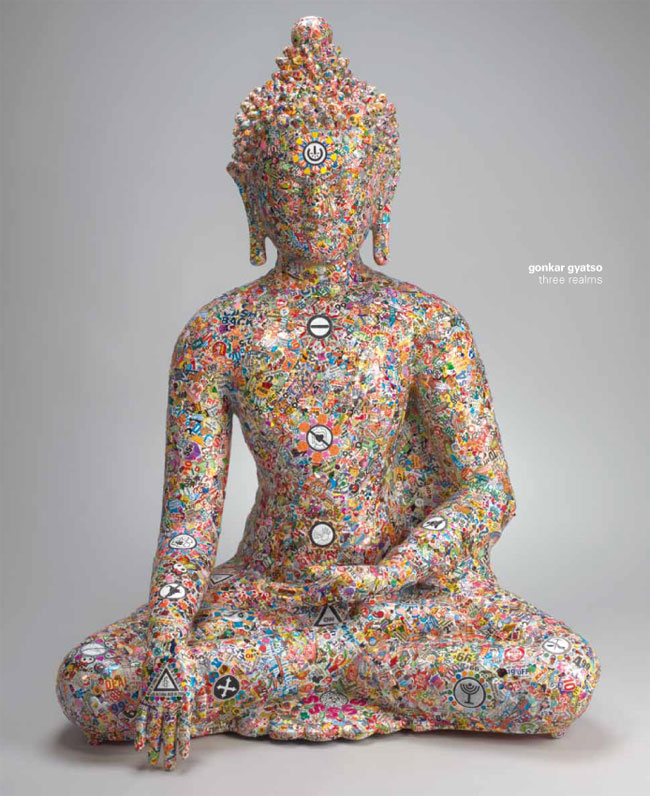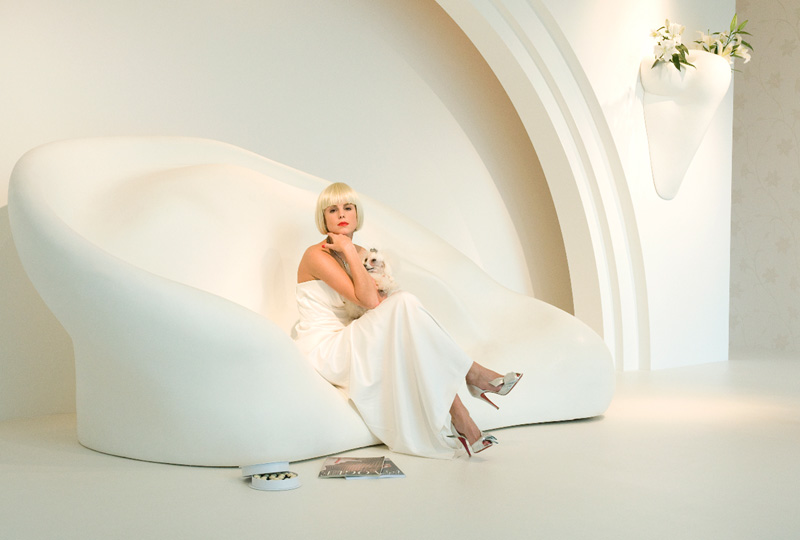Beyer Projects is pleased to announce Sweet Jesus by Kay Rosen. The work is currently included in the exhibition Kay Rosen: Wide and Deep at Sikkema & Jenkins Co., New York.
The artist’s first project with us is a wall-mounted light box produced in edition of 6. This intimate work is connected to a 2011 series of drawings of phrases depicted as overlapping letters, which were made according to a pair of predetermined constraints: each phrase must begin and end with the same letter, and must bear a formal or stylistic correlation to its meaning. This visual symmetry is thrown into sharp relief by the brilliantly backlit, overlain letters of Sweet Jesus, which can be seen all at once, as a bright abstraction, or identified individually. As a three-dimensional object, the work dramatizes what has been an implicit theme of Rosen’s art of the past four decades: the idea that words, far from being neutral instruments of communication, can possess an obdurate physicality and their own tangible, even sculptural, qualities. In her presentation of the title phrase as translucent, Rosen demonstrates—seemingly paradoxically—how language can resist the transparency often ascribed to it.
Indeed, Rosen’s work in a variety of mediums (painting, drawing, editions, and installations) has cleverly shown how words’ physical qualities—typeface, color, spacing, scale, positioning—can alter legibility and, in turn, affect meaning. She favors those instances of language that foreground linguistic materiality and confound the processes of seeing and reading, such as misspellings, homonyms, homophones, rhymes, puns, palindromes, and double-entendres. This use of word as image, and the rule-based methods according to which this work was created, aligns Rosen with a text-based Conceptualist heritage that includes Lawrence Weiner and Ed Ruscha, but other ties are also evident. Her chosen words and phrases, like those of her contemporary Jenny Holzer, often have pointed political implications, while on a purely formal register, the stacked letterforms of Sweet Jesus call up Jasper Johns’s overlapping numbers and alphabets. And if the work’s means and devotional size evoke yet another tradition—a history of religious art that encompasses illuminated manuscripts and stained glass windows—the link is hardly unequivocal. “Sweet Jesus” is, after all, often used as an expression of surprise or stupefaction.







